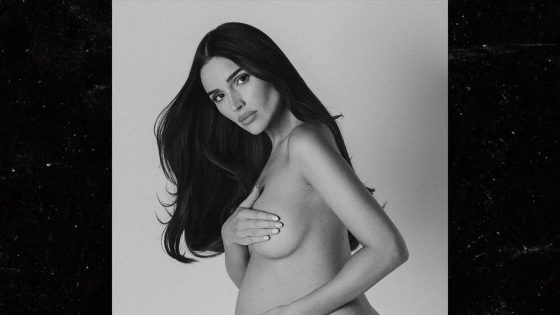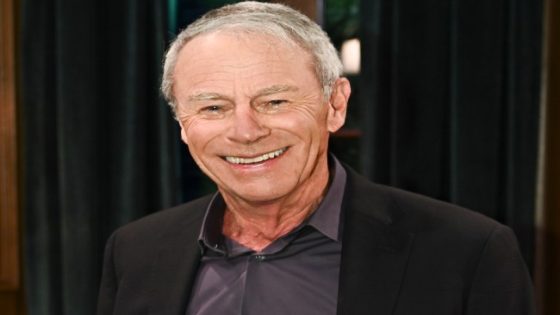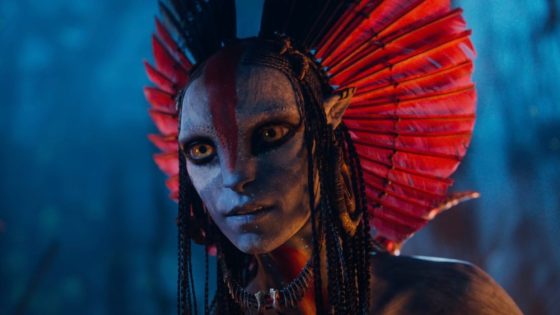Gareth Edwards’ new film, “Jurassic World: Rebirth,” is stirring excitement by reintroducing horror elements to the dinosaur genre. The movie, set to release on July 4, 2025, has garnered attention for its darker tone, which includes moments of genuine savagery. However, some creative decisions were influenced by studio executives, limiting its potential impact.
- Gareth Edwards' film adds horror to dinosaurs.
- Mahershala Ali's character was initially meant to die.
- Studio pressure influenced character's survival outcome.
- Audience reactions impacted final film decisions.
- Edwards aimed for a classy, impactful ending.
- Test screenings revealed audience approval of changes.
In a recent interview, Edwards revealed that he and lead actor Mahershala Ali initially pushed for a more brutal storyline, including the death of Ali’s character, Duncan. Despite their efforts, the studio opted for a version where Duncan survives, leading to mixed feelings about the film’s direction. This decision highlights the ongoing tension between artistic vision and commercial viability in Hollywood.
This development raises questions about the balance between creativity and marketability in the film industry. Can filmmakers truly express their vision in a landscape dominated by commercial interests? The decisions made here could set a precedent for future films, influencing how studios approach similar projects.
- Edwards and Ali wanted a darker narrative, including character deaths.
- Studio executives influenced the final cut, opting for a more family-friendly ending.
- Test screenings revealed audiences preferred the non-fatal outcome.
- The film aims to revive horror elements in the dinosaur genre.
As the entertainment industry evolves, filmmakers may need to navigate these studio pressures while still delivering compelling stories. Will future projects find a way to balance creativity with audience expectations?

































